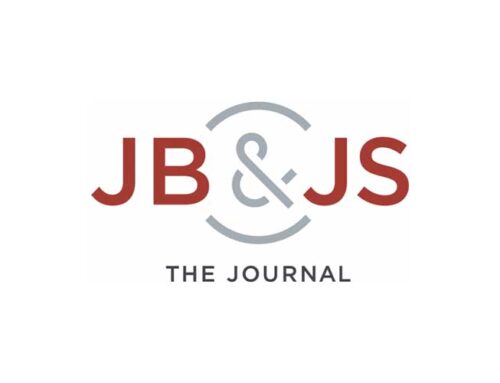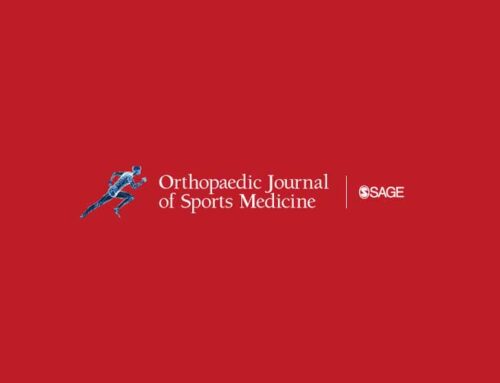OBJECTIVES:
Proximal humerus fractures are a common injury in the elderly population that can usually be managed non-operatively. However, arthroplasty has become increasingly utilized for complex fractures and poor bone quality. We evaluated national trends in treatment, specifically looking at the adoption of reverse total shoulder arthroplasty.
METHODS:
The incidence of proximal humerus fractures was calculated from the Nationwide Emergency Department Database (NEDD) from 2006 to 2012. The Nationwide Inpatient Sample (NIS) was used to select patients from 2000 to 2013 with proximal humerus fractures treated with open reduction and internal fixation (ORIF), total shoulder arthroplasty (TSA), reverse total shoulder arthroplasty (RSA), and hemiarthroplasty (HSA). RSA and TSA shared the same ICD-9 code until 2010.
RESULTS:
The incidence of proximal humerus fracture was stable from 2006 to 2012. Hemiarthroplasty was the majority treatment choice for arthroplasty in the early 2000’s. However, in 2008, there was a large decrease in utilization, to 51.3% in 2013. During this period, utilization of TSA greatly increased, coinciding with a large increase of RSA. By 2013, RSA made up 45.1% of arthroplasty procedures.
CONCLUSION:
The rate of proximal humerus fracture appears stable, while we observed both an overall increase in operative intervention. RSA appears to be increasingly chosen over HSA for arthroplasty treatment of proximal humerus fractures, an observation more pronounced in older patients. While clinical results appear promising, it is important to remember that most proximal humerus fractures may be treated successfully with conservative management, and rapid adoption of new technology should be watched carefully to ensure appropriate use.
View: Arthroplasty treatment of proximal humerus fractures: 14-year trends in the United States.









